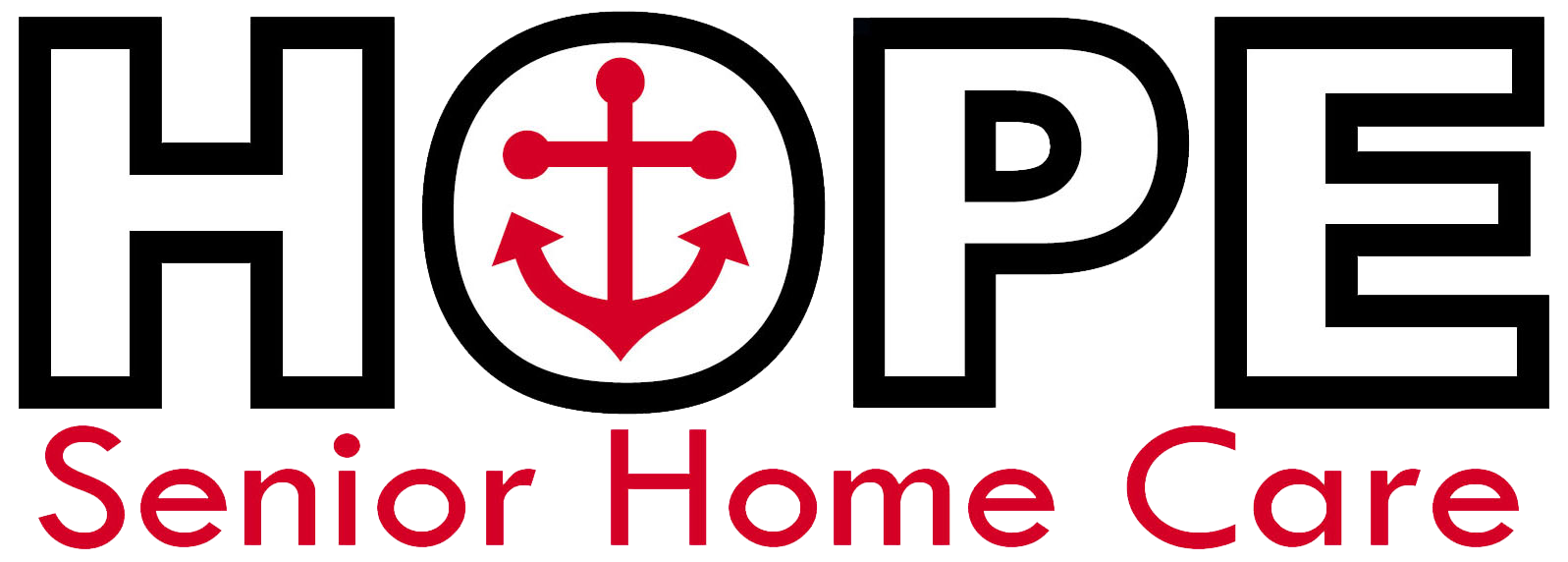
This article is part four of a six-part series on building a care team.
Building a care team becomes essential as your aging loved one requires more care and support. While family members and friends can form a crucial part of this team, it’s equally important to tap into community resources. Today we explore the significance of connecting with your community resources and the ways in which they can help you provide the best possible care for your loved one.
Community resources refer to services, programs, and organizations available within your local community to assist families in caring for their aging loved ones. The most common community resources include senior centers, adult day care programs, meal delivery services, transportation services, and caregiver support groups. These resources can provide you with essential support and assistance in caregiving and can help you reduce your caregiving workload.
One of the most significant advantages of connecting with community resources is that they provide a wide range of services that cater to the needs of your aging loved one. For instance, if your loved one requires specialized medical attention, clinics or hospitals may offer geriatric care services. Similarly, if your loved one needs assistance with daily activities such as bathing, dressing, or grooming, you can look for home care agencies that offer personal care services.
Another advantage of community resources is that they often provide respite care for caregivers. Taking care of an aging loved one can be physically and emotionally exhausting, and taking breaks is important to avoid burnout. Many community resources offer short-term respite care services that allow caregivers to take time off while ensuring their loved ones are well-cared for.
Moreover, community resources can offer a sense of socialization and community for the caregiver, and the aging loved one. Attending senior centers or adult day care programs can provide opportunities for socialization, recreational activities, and learning experiences for your parent or loved one. Similarly, caregiver support groups can offer emotional support, advice, and a sense of community for the caregiver.
Connecting with community resources also helps in managing caregiving costs. While caregiving can be expensive, community resources can provide low-cost or even free services to reduce the financial burden. For instance, many senior centers and adult day care programs offer low-cost or even free services that can reduce the financial burden. For instance, many senior centers and adult day care programs offer low-cost or sliding-scale fees. Meal delivery services can provide affordable and nutritious meals, while transportation services can help reduce the cost of transportation to appointments or errands.
Building a care team for your aging loved one involves tapping into community resources. These resources can provide essential support and assistance in caregiving, reduce caregiving workload, offer respite care for caregivers, provide socialization and community for caregivers and their loved ones and help manage caregiving costs. Connecting with community resources can help ensure that your aging loved one receives the best possible care and that you, as a caregiver, are well-supported in your caregiving journey.

